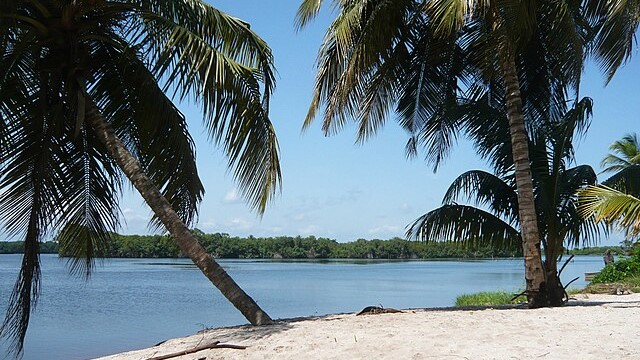In the western reaches of Côte d’Ivoire, where mist clings to the canopy and the air carries the layered scent of damp earth and flowering vines, the nation’s commitment to conservation is quietly taking root. From dense equatorial forests to sun-washed savannahs, the country’s network of national parks has emerged as a living showcase of West Africa’s ecological wealth—and a growing destination for travelers drawn to its biodiversity.
The Parc National de Taï, a UNESCO World Heritage Site, holds one of the last remnants of primary rainforest in West Africa. Its trails wind through towering hardwoods draped in lianas, where the distant rustle of leaves may reveal a pygmy hippopotamus edging toward a riverbank or the agile leap of a Western chimpanzee, a species now listed as endangered. Local guides, steeped in both scientific knowledge and oral tradition, move with practiced ease beneath the dense canopy, translating bird calls, explaining medicinal plants, and placing each sighting in the broader story of the forest’s fragile balance.
Further north, the Parc National de la Comoé stretches across one of the largest protected savannah landscapes in the region. Here, grasslands roll into gallery forests, and the midday heat shimmers above the plain. Safaris trace the movements of elephants grazing near waterholes and lions patrolling the edge of acacia thickets. The park’s rivers and wetlands attract a remarkable variety of birdlife, from fish eagles to vividly plumed bee-eaters, making it a favored destination for ornithologists and photographers alike.
These protected areas are more than wildlife havens; they are also economic lifelines for nearby communities. Many of the guides who lead treks grew up along the park boundaries, their livelihoods now intertwined with its preservation. Artisans craft goods from local materials, selling to visitors who carry home a small piece of Ivorian heritage. Cultural exchanges—whether through shared meals, music, or traditional skills—add human texture to landscapes already rich in natural drama.
Conservation initiatives in Côte d’Ivoire’s parks blend education with engagement. Visitors are introduced to anti-poaching programs, habitat restoration efforts, and biodiversity monitoring, underscoring the links between sustainable tourism and long-term environmental health. These measures, park officials note, depend on both local stewardship and global awareness, a dual responsibility reflected in the growing number of collaborative projects with international conservation groups.
In a country where urban expansion and agricultural pressures are constant, the preservation of these landscapes speaks to a deliberate choice to value ecological heritage alongside economic growth. Each trek through Taï’s rainforest or drive across Comoé’s savannah is more than a journey through space; it is a glimpse into a shared effort to safeguard one of West Africa’s most compelling natural legacies.
Sources:
- UNESCO World Heritage Centre. Taï National Park. Updated 2024.
- International Union for Conservation of Nature. Western Chimpanzee (Pan troglodytes verus) Assessment. 2023.
- Côte d’Ivoire Ministry of Water and Forests. National Parks and Reserves Conservation Report. 2024.
- BirdLife International. Important Bird Areas: Parc National de la Comoé. 2024.

